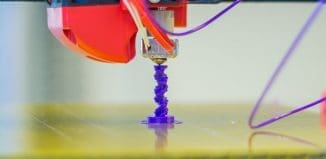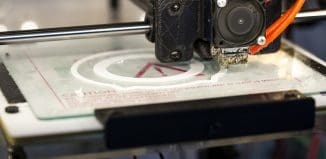Is the Government Ready for 3-D-Printed Guns?
This post is also available in:  עברית (Hebrew)
עברית (Hebrew)

The technology is here, but will guns from 3-D printers become a problem?
These days, anyone with access to an Internet connection and a 3-D printer can view or download schematics from innumerable places to create homemade plastic guns, which are difficult to detect and perhaps impossible for law enforcement to control, at least not until after the fact.
But that hasn’t stopped the government from trying.
In December 2013, the U.S. Senate extended the Undetectable Firearms Act for 10 additional years, just before it was set to expire, upholding the law’s prohibition on manufacturing, selling or possessing guns that can’t be detected by x-rays or metal detectors. This came weeks after Philadelphia became the first United States city to ban the 3-D printing of guns at the local level.
Though the extension was unanimous, at least one lawmaker felt it wasn’t strong enough. Sen. Chuck Schumer, D-N.Y., argued that the ban was ill-suited to restrict 3-D-printed guns that users could create out of plastics or other material that would pass undetected through security checkpoints, The New York Times reported.
Nevertheless, 3-D-printed gun accessibility abounds in America, ban or no ban. To boot, downloading 3-D-printed gun schematics is pretty easy. For example, blueprints for the Liberator were downloaded 100,000 times in two days, according to Forbes. As of Aug. 26, torrent and file sharing sites offer downloads for schematics for other types of guns as well. There are also innumerable YouTube videos of people firing 3-D-printed guns, and they definitely got the instructions for those creations from somewhere.
Many people claim that the common 3-D-printed gun isn’t as durable as a regular gun and can’t be fired too many times before breaking. Demand will likely grow for smaller 3-D printers in the home that work with metal. The Mini-Metal Maker 3-D printer, for example, has reached its funding goal on IndieGogo, indicating that people are ready for the technology. The printer is designed to make small metal objects, like homemade jewelry, but it could be the precursor for successive iterations of machines that can handle more complex creations.





























